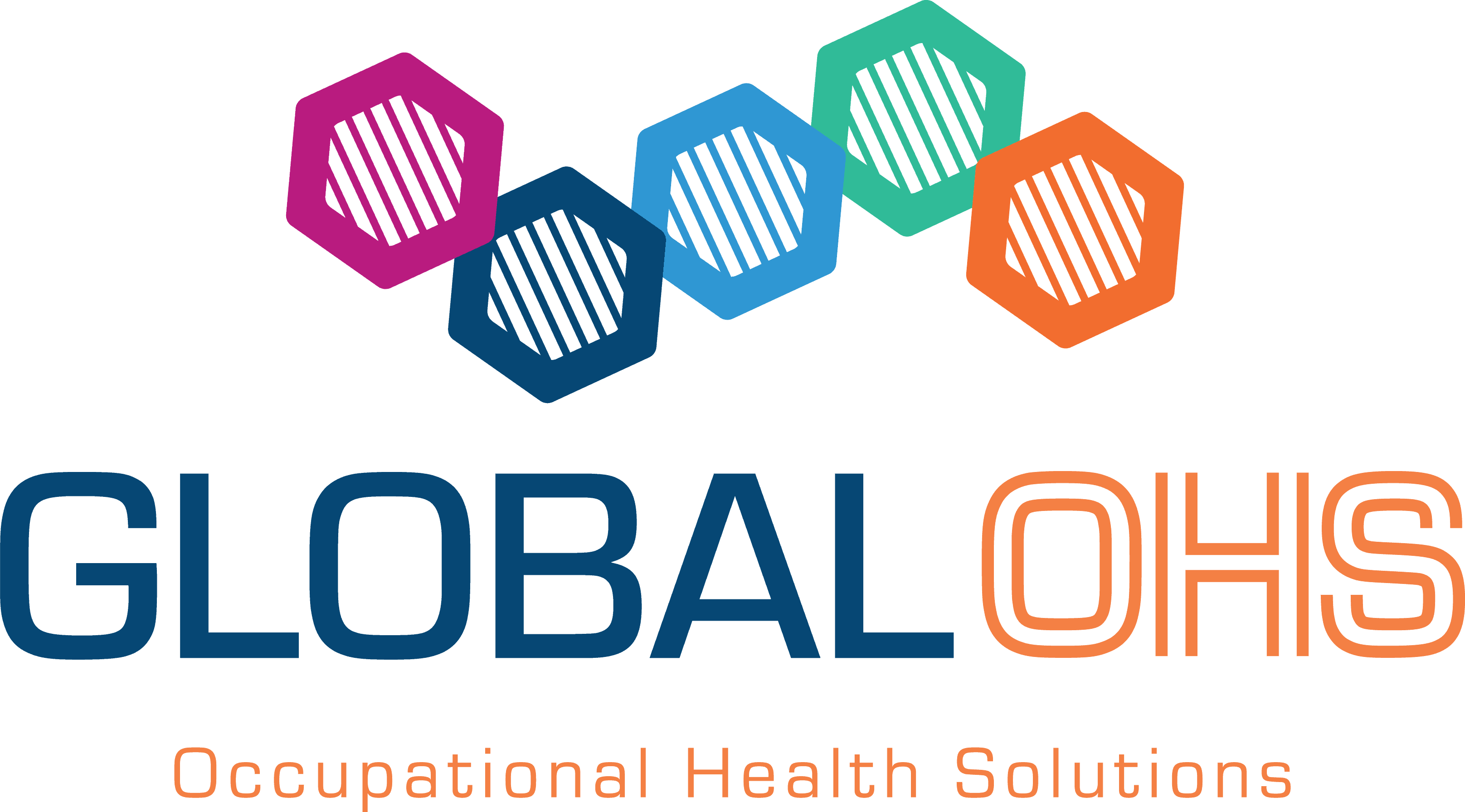Health is important and sometimes neglected in the work environment. We work closely with organisations to implement wellbeing strategies to support management and staff. This can be achieved through employee engagement, taking into account differing work environments, and the existing culture within the type of business or organisation.
A healthy workforce is a productive and engaged one. Understanding company culture and ensuring that all wellbeing and employee engagement activities are aligned to the corporate objectives is paramount in ensuring their efficacy. It is suggested that a working group of key stakeholders is formed to ensure that the responsibility of the health of the workforce does not solely rest with one department and that there are ownership and engagement for any agreed events throughout the whole business.
We know that sickness absence is a real issue with 27 million working days lost each year in 2017/2018 and 1.4 million experience a work-related illness. The CIPD shows this to be an average of 5.9 days per employee per year.
Employee Performance
There is a correlation between employee engagement and positive wellbeing. Research has demonstrated that those actively engaged were more committed to their organization. It was reported that work engagement is associated with higher levels of psychological wellbeing, lower levels of absence, and this also impacted positively outside of the working environment. It has been recognized that it becomes a self-perpetuating circle; healthy employees are more engaged and engaged employees are healthier.
Business Performance
When employees are engaged and healthy they are more likely to be more resilient and able to handle changes more effectively. They are less likely to have absence due to physical or mental health issues and are less likely to be diagnosed with anxiety or depression. This ultimately means improved staff costs, productivity and performance. However, a poll in 2014 found 54% of British employees believed there was little interest by their employer in their health and wellbeing as long as the job was done.
Replacing an employee can cost up to 150% of the leaver’s salary. Organizations that are engaged have the potential to reduce turnover by 87%. Raising the profile of wellbeing within the organization would also be consistent with the externally facing values and corporate responsibility, thereby ensuring the organisation views the health and wellbeing of its workers as a priority and ensuring a workforce that is fit for purpose.
Therefore, ultimately investing in your employee’s health is an investment in business health.
The Society of Occupational Medicine published their value proposition which outlines the legal, moral and ethical implications of providing an occupational health service. They summarised the requirement for occupational health below
• Occupational health services support employers to develop a healthy workplace culture; contribute to an organisation’s success; and help ensure compliance with the law
• Employers who provide access to occupational health services do so for several reasons – legal, financial, moral, reputation, etc
• Sickness absence places a huge burden on organisations and society
• Occupation illnesses significantly exceed occupational injuries in both number and cost to individuals, employers and society







